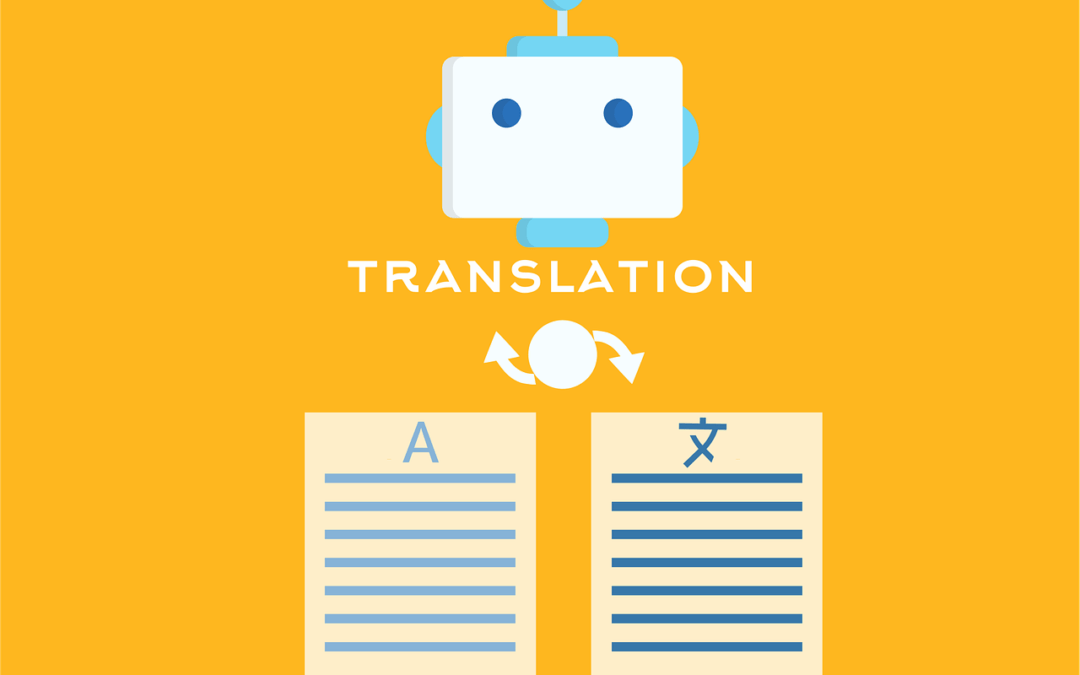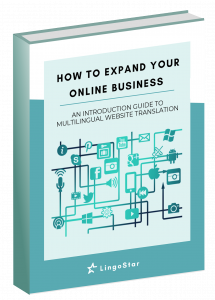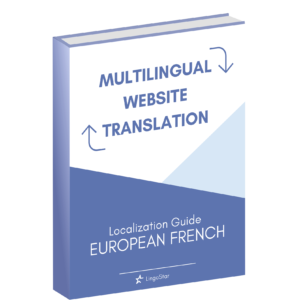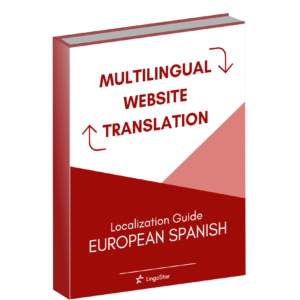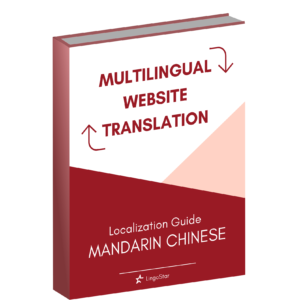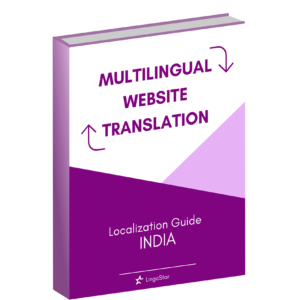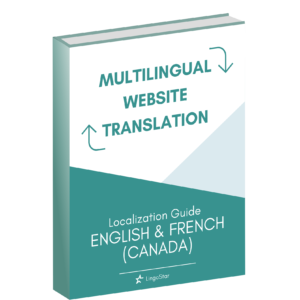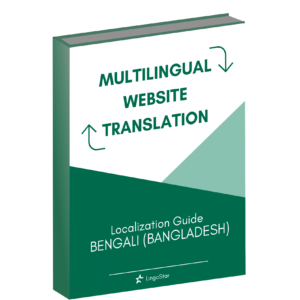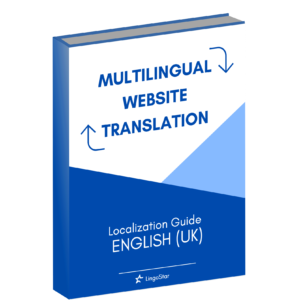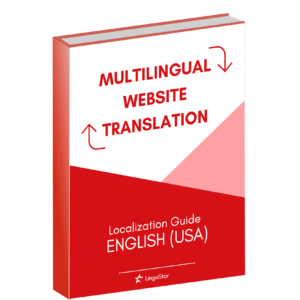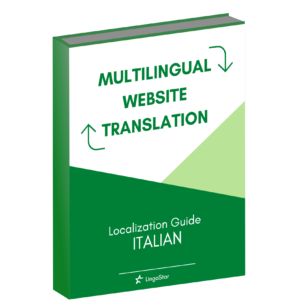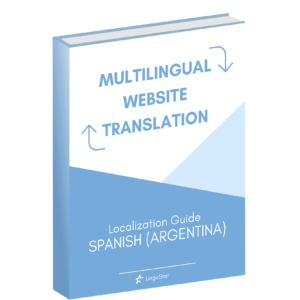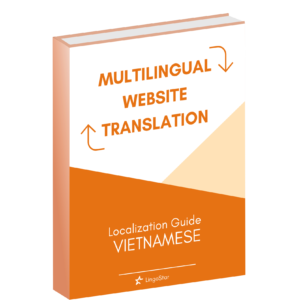AI Translation: A quick overview
AI translation is transforming the language industry by offering faster, more accessible solutions. However, it is important to understand how AI tools work in order to use them effectively.
You’ve probably used Google Translate, DeepL, or ChatGPT to understand or translate a sentence, document, website. While these tools are convenient, they don’t always deliver accurate or reliable results, especially for more complex or professional content. In this blog post, we examine how AI translation works, its strengths and weaknesses, and why human translators continue to play a key role in ensuring quality, accuracy and cultural relevance.
How AI translation works and why it matters
AI translation tools use machine learning and neural networks to generate translations based on massive amounts of multilingual data. These systems recognize patterns in language and suggest likely translations based on context.
Modern tools go beyond word-for-word translation. They analyze sentence structure and grammar to produce text that sounds more natural. However, AI doesn’t understand tone, culture or nuance, so it’s essential to use it carefully.
For example, HSBC’s global slogan “Assume Nothing” was once automatically translated as “Do Nothing” in some markets, completely altering the intended message and forcing a costly rebranding campaign.
Similarly, American Airlines promoted its luxury leather seats with the phrase “Fly in Leather,” which, when introduced in Spanish-speaking markets, was interpreted as “Fly Naked.” This caused confusion and forced the airline to withdraw the campaign, which is now considered a classic example of why professional translation and cultural awareness are important in global marketing.
The strengths of AI translation in today’s industry
AI translation offers clear benefits:
- Speed: ideal for quick translations or large volumes
- Accessibility: anyone can use it online for free
- Cost savings: especially for internal content
- Terminology consistency: useful for repetitive phrases
When used as a support tool, AI translation can help professional translators by providing an initial draft to improve upon saving time in the early stages of a project.
Major companies such as Wikipedia and Delta Air Lines are already using AI to support, not replace, human work. For example, Wikipedia’s 2025 AI strategy focuses on helping editors translate and moderate content while maintaining human control to ensure accuracy and trust. Similarly, Delta Air Lines has introduced an AI-powered call system to improve multilingual customer support and speed up responses while still involving human agents when necessary.
The limitations of AI translation
Despite its speed, AI translation has its limitations:
- It lacks accuracy when it comes to idioms, humour or cultural references
- Tone and style are often inaccurate
- Critical errors can occur in legal or technical content
- No interaction: AI can’t ask for clarification
In short, AI translation can be helpful, but only when its limitations are fully understood and it’s not used in isolation for important content.
For example, General Motors famously launched the Chevrolet Nova in Latin America without realizing that “Nova” could be read as “no va” in Spanish, meaning “it doesn’t go.” While it didn’t stop people from buying the car, it’s often used as an example of why cultural awareness is important in translation, especially in marketing.
In the legal field, a study by Stanford’s Legal Design Lab found that AI tools can mistranslate terms such as “warrant” or “due date,” or even confuse pronouns, leading to serious misunderstandings in court documents. These examples demonstrate the need for precision in legal translation, and highlight the risks of relying on AI alone in high-stakes situations.
Why human expertise remains essential
Human translators bring something that machines can’t:
- Understanding of context and culture
- Tone and audience adaptation
- Consistency and clarity across a full document
- Error detection and rewriting when needed
In many cases, especially in marketing, legal, or literary content, human input is not just helpful, it’s necessary.
In addition to the technical aspects, human translators understand emotional tone and intent, as well as the subtle shifts in meaning that depend on context- especially in sensitive or persuasive content.
Unlike AI, they can ask questions, clarify ambiguities, and use their judgment based on the client’s goals or the audience’s expectations. Human expertise is also essential when dealing with evolving language, regional expressions, or content that requires cultural adaptation rather than literal translation.
Balancing AI and human expertise at LingoStar
The best results are achieved by combining AI and human expertise. Use AI for speed, but rely on professionals for precision and impact. That’s the real balance—technology plus the human touch.
Do you have a translation project and would prefer to rely on human expertise rather than AI? At LingoStar Language Services, our team of professional linguists guarantees high-quality, accurate translations. We offer translation and localization services in a wide range of language combinations—check out the fulll list on our website!
Do you have a project in mind or want to learn more about our services? Call us at 604-629-8420 or email us at info@lingo-star.com. Ask for a free translation quote, we’re here to help!
Are you looking to take your content global? Download our free eBook! How to Expand your Online Business – A Beginner’s Guide to Multilingual Website Translation
This eBook is perfect for anyone looking to grow their business globally and create a strong presence online.

Are you interested in language, technology, and translation updates? Follow us on Instagram, Facebook, X, YouTube, and LinkedIn for the latest updates, explore more articles on our blog, and subscribe to our newsletter to stay connected with the LingoStar community!

